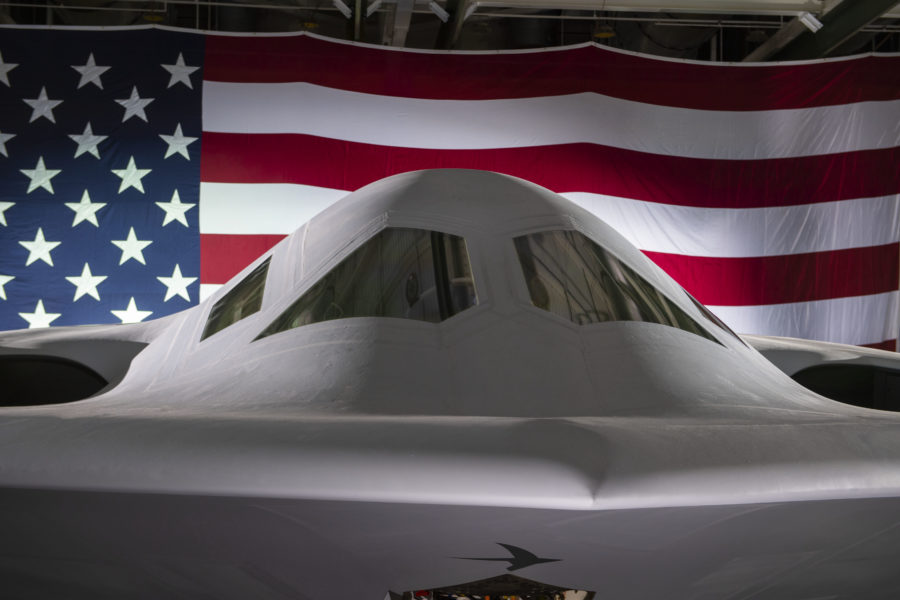It’s come a few decades later than perhaps it should have, but the U.S. is on the precipice of sweeping and much-needed modernization for its nuclear arsenal, the Air Force’s top boss for strategic forces said May 4.
The Pentagon is spending over $600 billion on its nuclear enterprise this decade, investing in new command, control, and communications systems, ballistic missile submarines, stealth bombers, and intercontinental ballistic missiles.
Gen. Thomas A. Bussiere, the head of Air Force Global Strike Command, said after the Cold War, the U.S.’s decision not to invest in its nuclear forces was “based on what the world was presenting at the time.” The U.S. was holding out hope on the prospect of friendly relations with Russia, while the economic rise of China was welcomed by many as a peaceful development.
After that, the U.S. military was engaged in two decades of conflict primarily in the Middle East as part of the Global War on Terror—hardly something that put the capabilities of America’s nuclear weapons at the top of mind.
“In hindsight, we would all agree” the U.S. should have started aspects of its current nuclear modernization sooner, Bussiere said at an event hosted by the Hudson Institute. “But we are where we are.”
Now, the need to modernize is acute, Bussiere said. The U.S.’s main adversaries, Russia and China, are not shy about their nuclear capabilities.
“We are now facing two nuclear peer adversaries that have the capability to hold at risk almost anything in any domain at a time and place of their choosing,” Bussiere said. “That’s a very unique aspect that our nation has not faced in many, many decades.”
One of the answers to that issue is the need to invest in a strong nuclear deterrence force, said Bussiere, who took command of AFGSC in December. Bussiere’s comments are backed up by the Nuclear Posture Review released by President Joe Biden’s administration’s last October.
“Our nuclear capabilities remain the ultimate backstop for our strategic deterrence, and that’s why we’re fully committed to modernizing all three legs of our nuclear triad,” Secretary of Defense Lloyd J. Austin III said at the time.
Two legs of the nation’s nuclear triad—the nation’s strategic bomber fleet and intercontinental ballistic missiles—fall on the shoulders of over 30,000 AFGSC Airmen. The U.S. is investing billions in the Sentinel ICBM, the Long Range Standoff Weapon (LRSO), and the B-21 Raider stealth bomber.
Meanwhile, the U.S. is on the “back end of the operational margin” of many of its current systems, Bussiere noted.
Yet even the modernization efforts currently underway began before it was clear China was on pace to end up with an arsenal of 1,500 nuclear weapons by 2035, according to the Pentagon’s most recent assessment, and in the context of an arms control regime that no longer exists with Russia’s “suspension” of the New START nuclear arms treaty—which is due to expire altogether in 2026.
“We had decades of strategic stability mechanisms with the Soviet Union and then Russia,” Bussiere said. “Even though New START necessarily didn’t account for all of Russia’s weapons, it provided a stability in the international order with that treaty. We have no such thing with China.”
Bussiere said he welcomed a “healthy mix” of strong U.S. nuclear forces, robust international treaties, and nonproliferation mechanisms to stop the list of nuclear states from growing.
AFGSC, however, cannot live in an idealized world, Bussiere warned.
“The international environment is more complicated now than it’s ever been since I’ve been in the Air Force,” Bussiere said. “The current recapitalization efforts in all three legs were planned really against the 2010 threat environment. In my mind, it only makes our efforts to recapitalize more important.”
